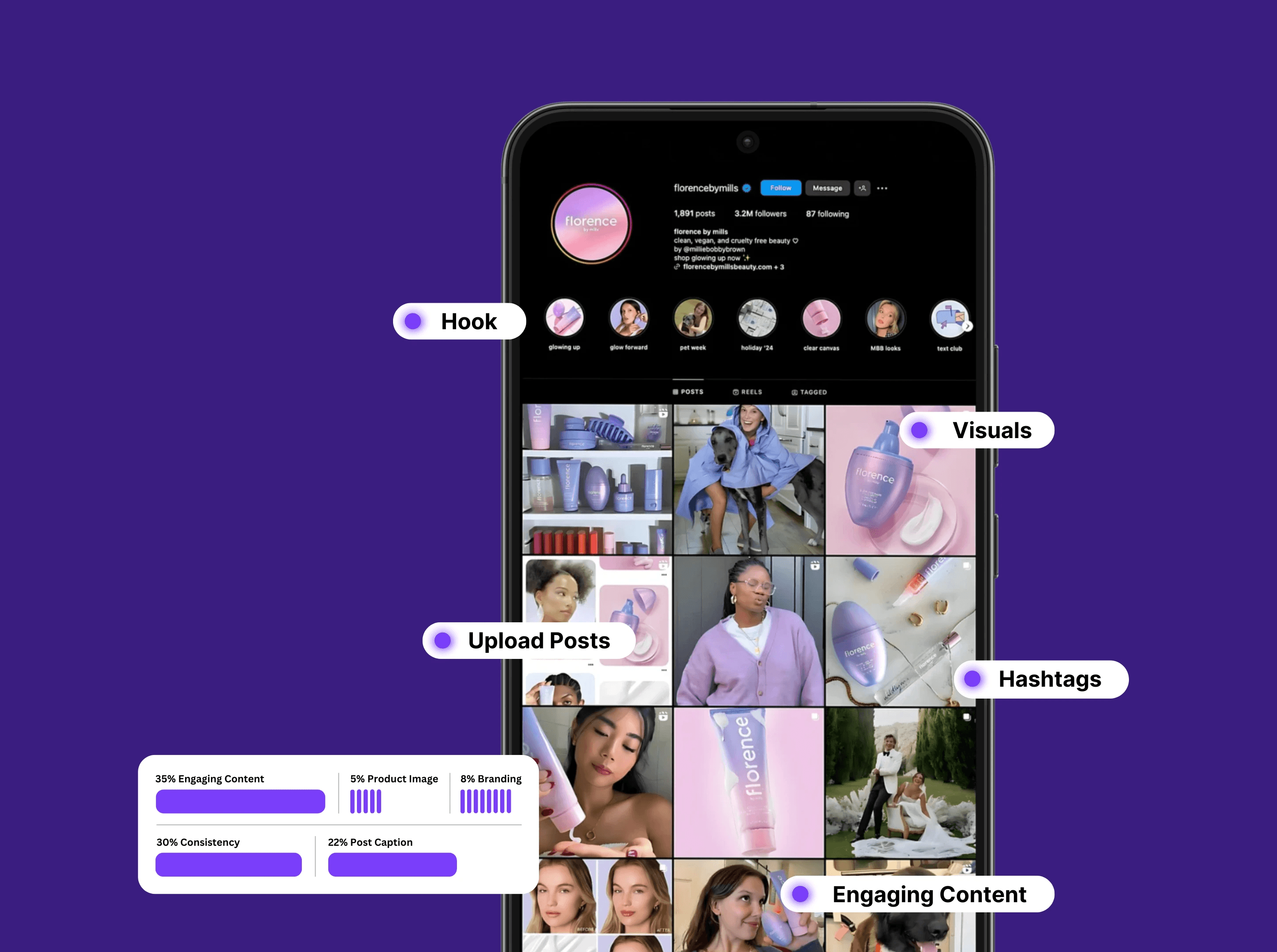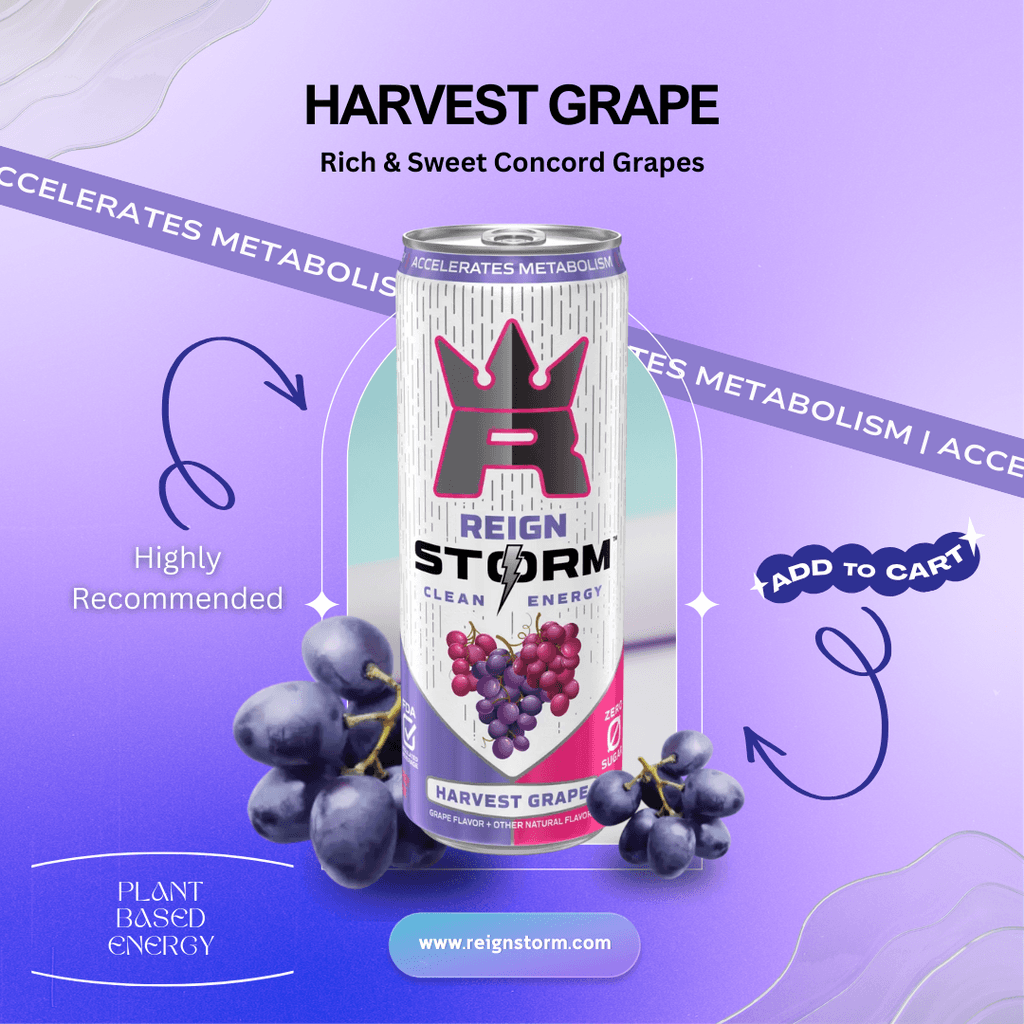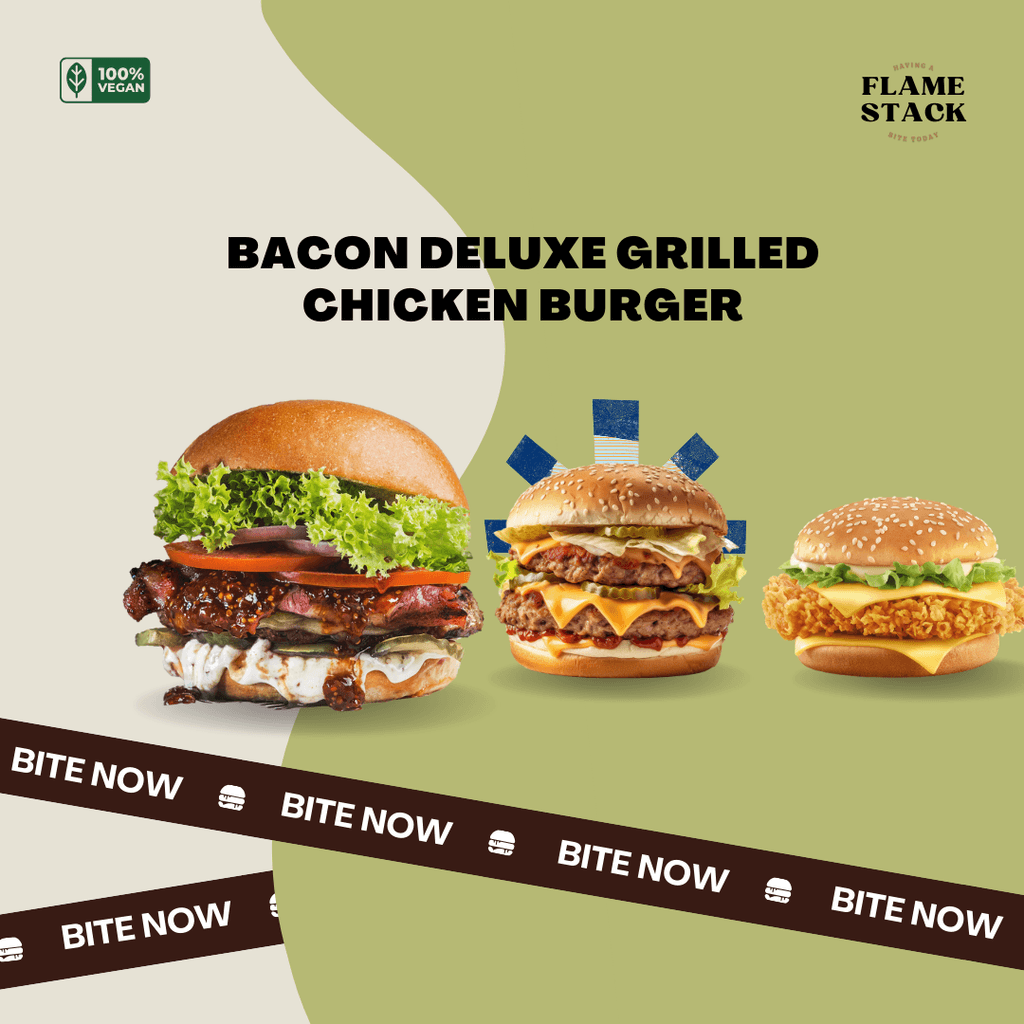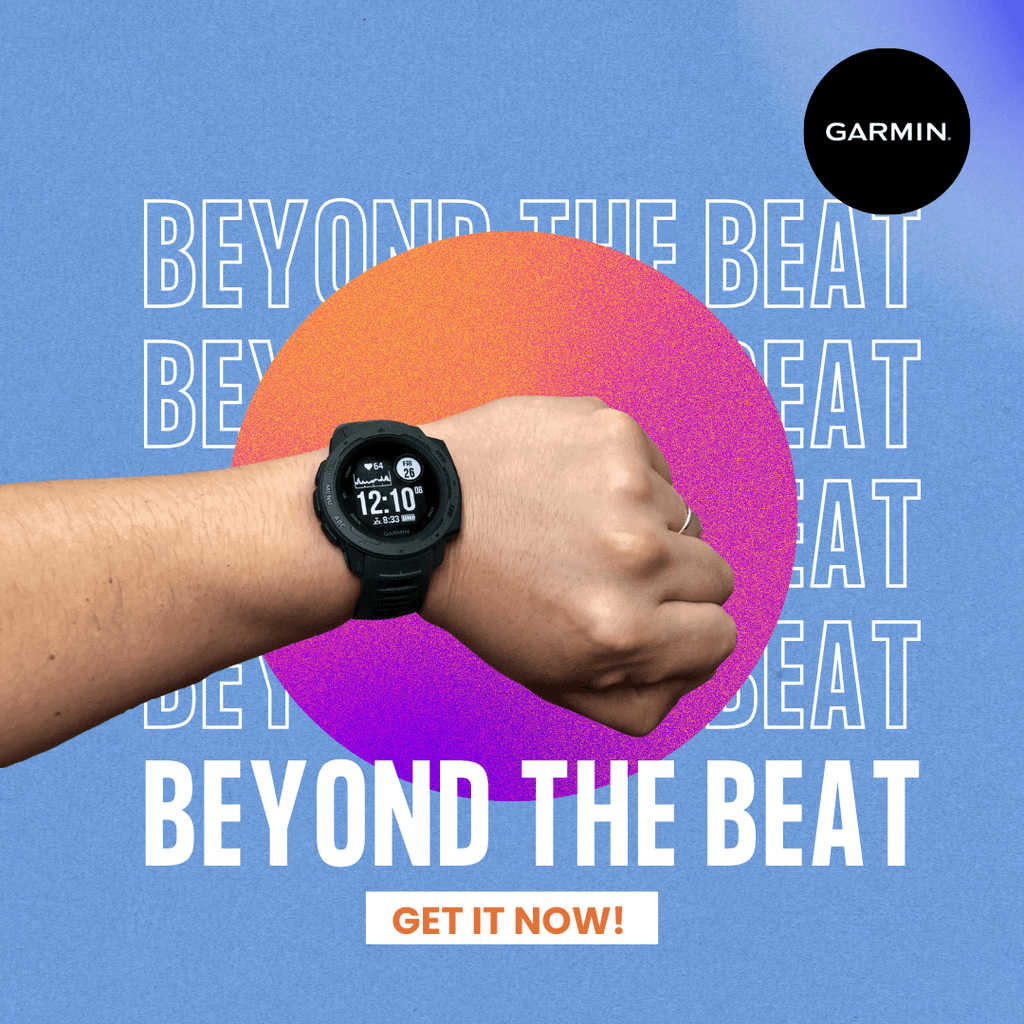Ever walked into a store and instantly received a discount notification on your phone? That’s geofencing in action. It’s sleek, simple, and incredibly effective. Whether you’re a marketer trying to reach nearby customers or a business owner looking to track field teams or assets—geofencing offers a smart, data-driven way to take action based on real-world movement.
In this blog, we break down what geofencing is, how it works, its benefits, examples, potential downsides, and how you can get started with it today.
What Is Geofencing?
Geofencing is a location-based technology that uses GPS, WiFi, RFID, or mobile data to set up a virtual boundary—or “fence”—around a real-world location. When someone enters or exits this area, a pre-set action is triggered. Think notifications, alerts, app functions, or even automated processes.
For example, if someone walks near your retail store, your app can automatically send them a coupon. If a company truck leaves a designated delivery zone, your operations team can be instantly alerted.
How Does Geofencing Work?
Geofencing operates through four key components:
A GPS-enabled device – usually a smartphone or tablet.
Software/app – that creates and manages geofences.
Defined coordinates – that outline the virtual perimeter.
Trigger logic – that decides what happens when someone enters or exits the area.
Once set up, it quietly runs in the background. When someone crosses into your defined zone, it acts—sending a message, updating a system, or logging data.
Real-Life Examples of Geofencing
Retail Marketing: Send discounts to customers near your store.
Employee Monitoring: Track check-ins or deliveries in real time.
Smart Homes/Offices: Turn off lights or lock doors when no one’s in the area.
Event Engagement: Trigger welcome messages or app features at conferences or concerts.
Security: Alert teams when someone enters a restricted area.
Is Geofencing Accurate and Effective?
Yes—when used correctly. The accuracy depends on the strength of the GPS signal and the size of the fence. Smaller geofences tend to be more accurate. Many modern systems also use WiFi and mobile data alongside GPS for better precision—up to 5 meters in accuracy.
Geofencing is highly effective for:
Boosting in-store traffic with targeted promotions
Improving workforce management
Enhancing security and tracking
Delivering timely, location-aware content
Why Should Businesses Use Geofencing?
Businesses can use geofencing to:
Drive More Sales: Deliver instant deals when customers are nearby.
Improve Targeting: Reach people based on where they are or have been.
Increase Efficiency: Track employee movements or automate internal systems.
Enhance Customer Experience: Send relevant content at the right moment.
It’s cost-effective, scalable, and works well across industries—from retail and logistics to hospitality and events.
What Are the Requirements to Set Up Geofencing?
To start using geofencing, you’ll need:
A GPS-enabled device (smartphone, tablet, or tracking device)
A geofencing platform or app (Google Maps, marketing tools, or custom apps)
Coordinates or location data
A defined radius for your geofence (can range from a few meters to several kilometers)
Logic or rules to trigger actions (e.g., send an SMS when someone enters)
Can You Set Up Geofencing Yourself?
Absolutely. Many tools today make it simple—even for non-tech users. You can use:
Built-in features in marketing platforms
Mobile tracking apps
Custom business apps with geofencing APIs
Here’s a basic process:
Choose a platform (e.g., Google Maps or a GPS tool).
Select your target location.
Define the radius (your virtual fence).
Set the trigger (message, email, action).
Launch and track performance.
Never Miss a Trend Again
Join over 1 million Business-decision makers and marketers to get latest social news, trends, and tips right to your inbox!
Are There Any Drawbacks?
Like all tools, geofencing has its challenges:
Battery Drain: Constant GPS usage can impact device battery life.
Privacy Concerns: Users may be cautious about location tracking.
Signal Accuracy: Weak GPS or public WiFi may cause delays or errors.
Setup Complexity: Large-scale geofencing may require expert support.
However, with the right strategy and tools, these issues can be minimized.
At Rarecide, we help businesses integrate smart marketing tech like geofencing to scale faster and connect smarter. If you're curious about how geofencing could work for your brand, let’s talk.
Final Thoughts: Should You Try Geofencing?
If your business depends on mobile users, local engagement, or operational efficiency—geofencing is a game-changer. It delivers the right message, at the right place, at the right time. And in a world where timing and context drive conversions, that’s invaluable.
Whether you’re a local café, realtor, lawyer, a logistics firm, or an event organizer—geofencing gives you a powerful edge.
Get matched with the world’s best creators in producing content that’s impossible for your audience to skip.
























